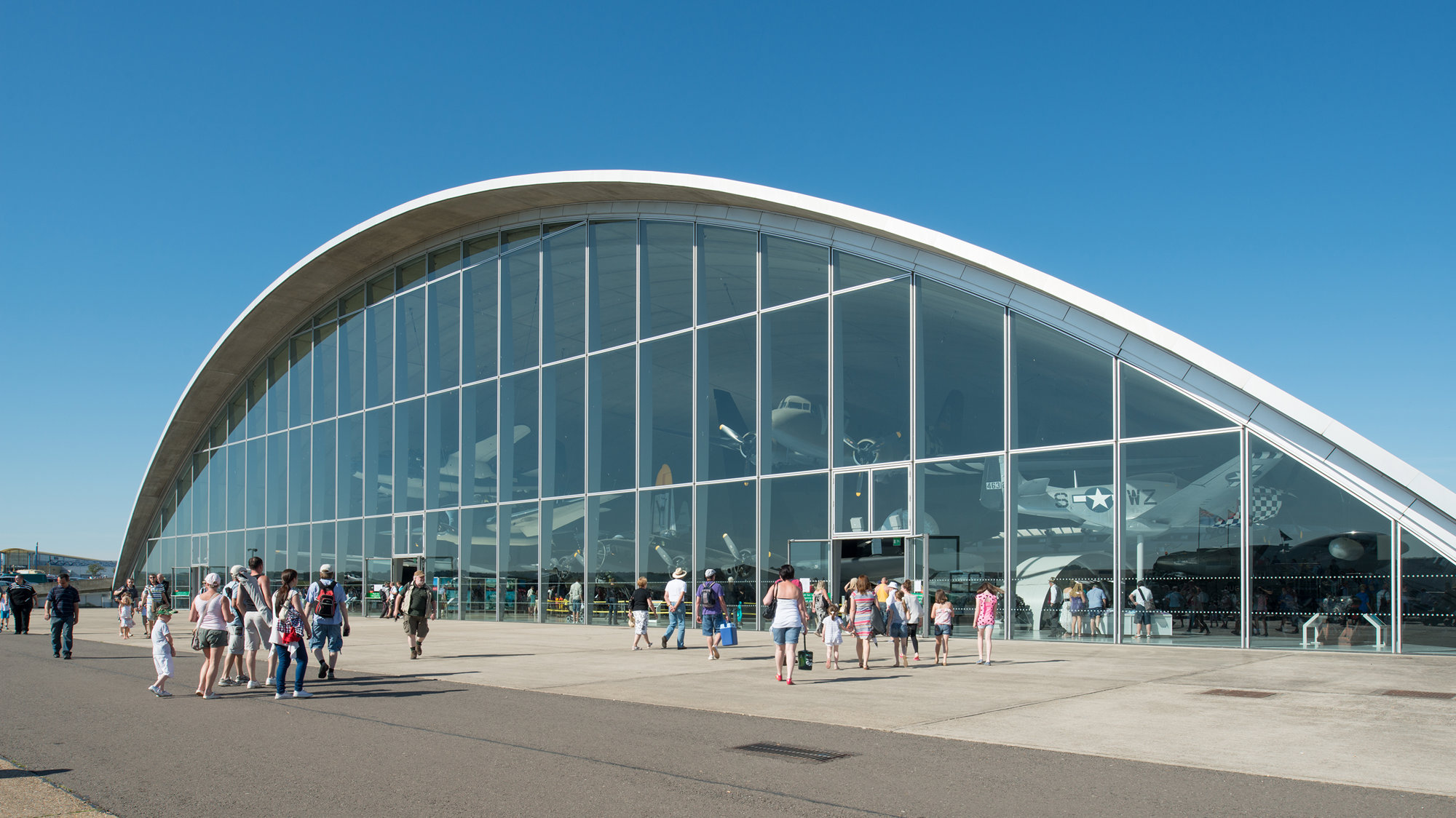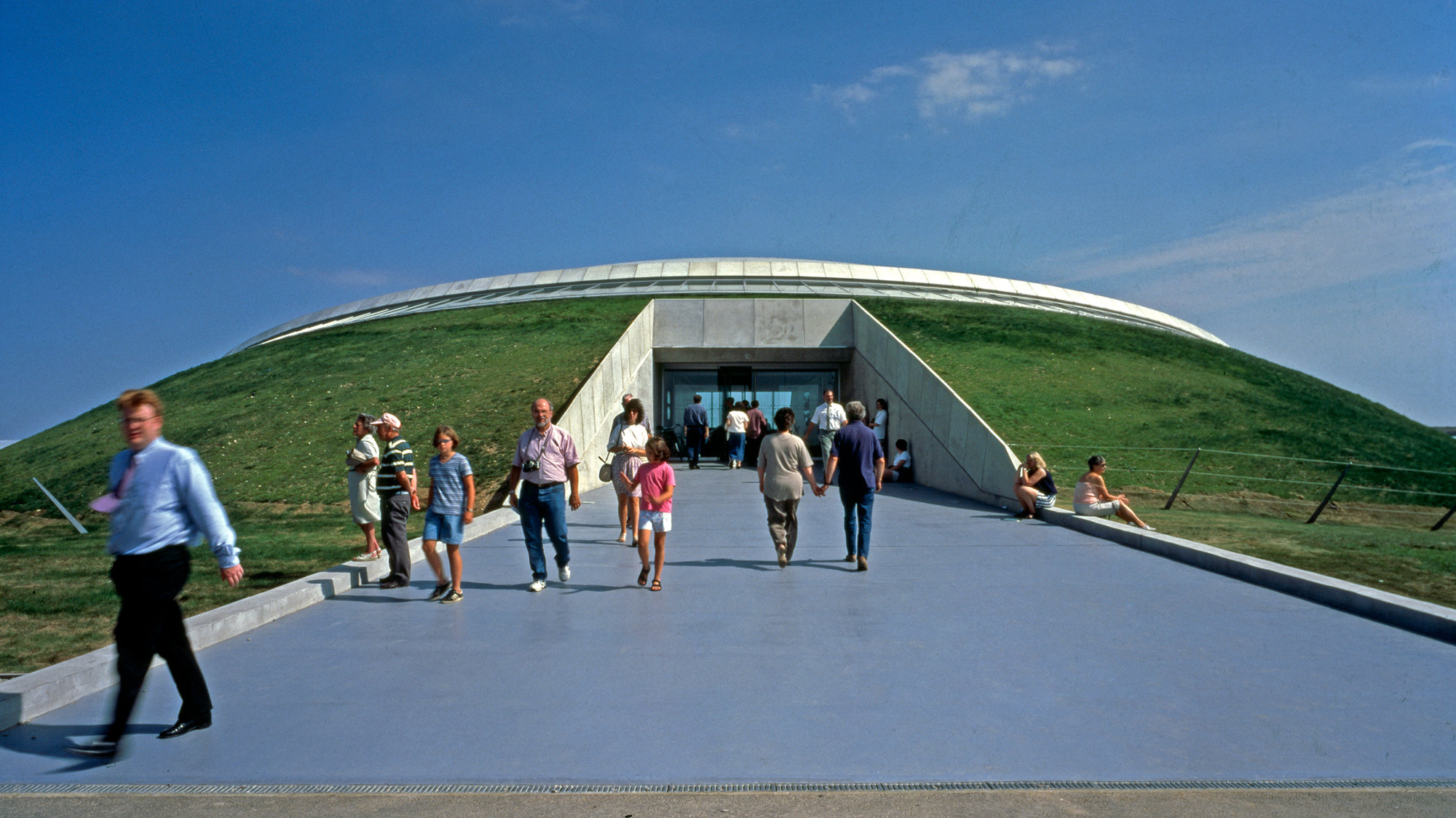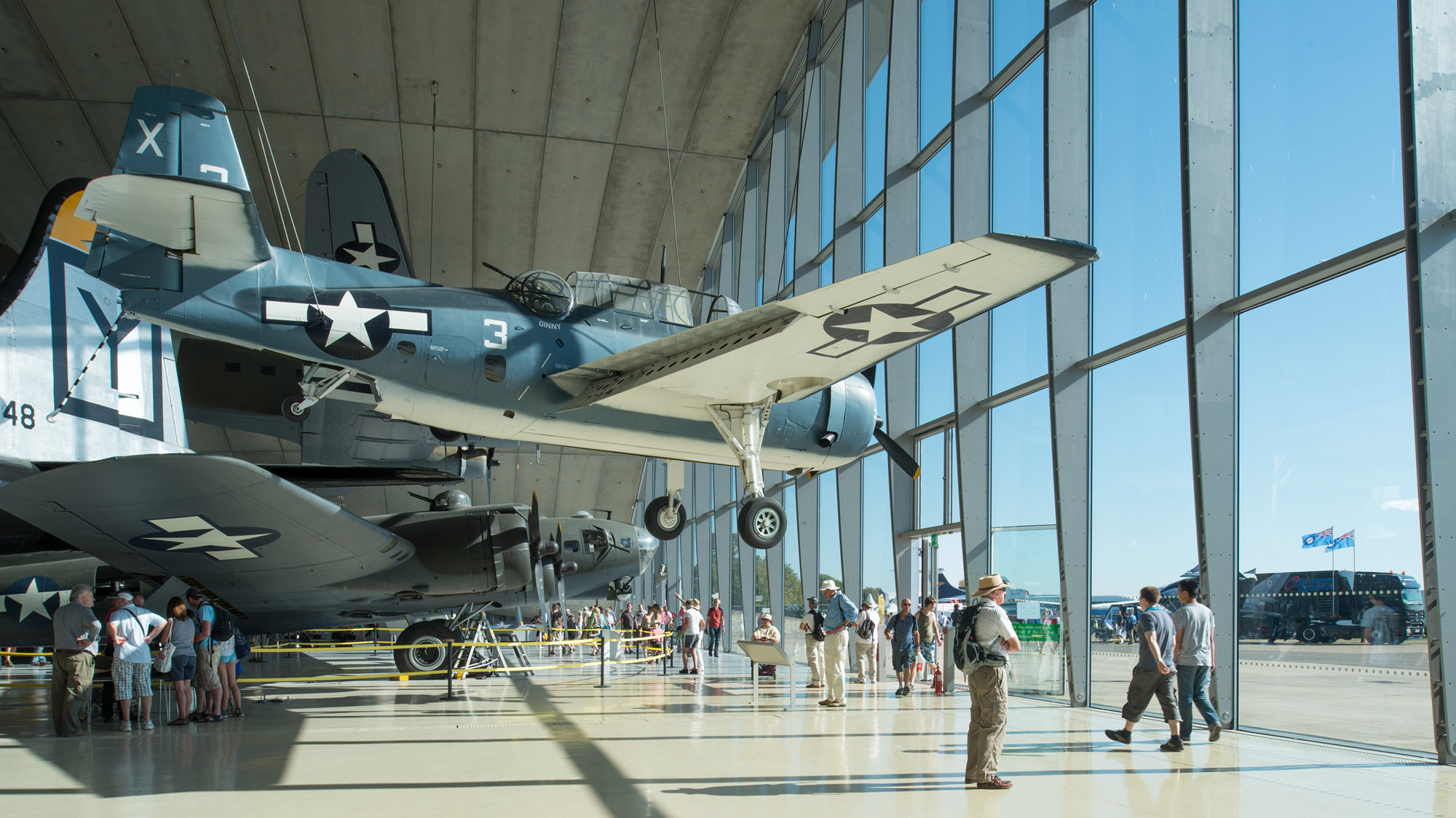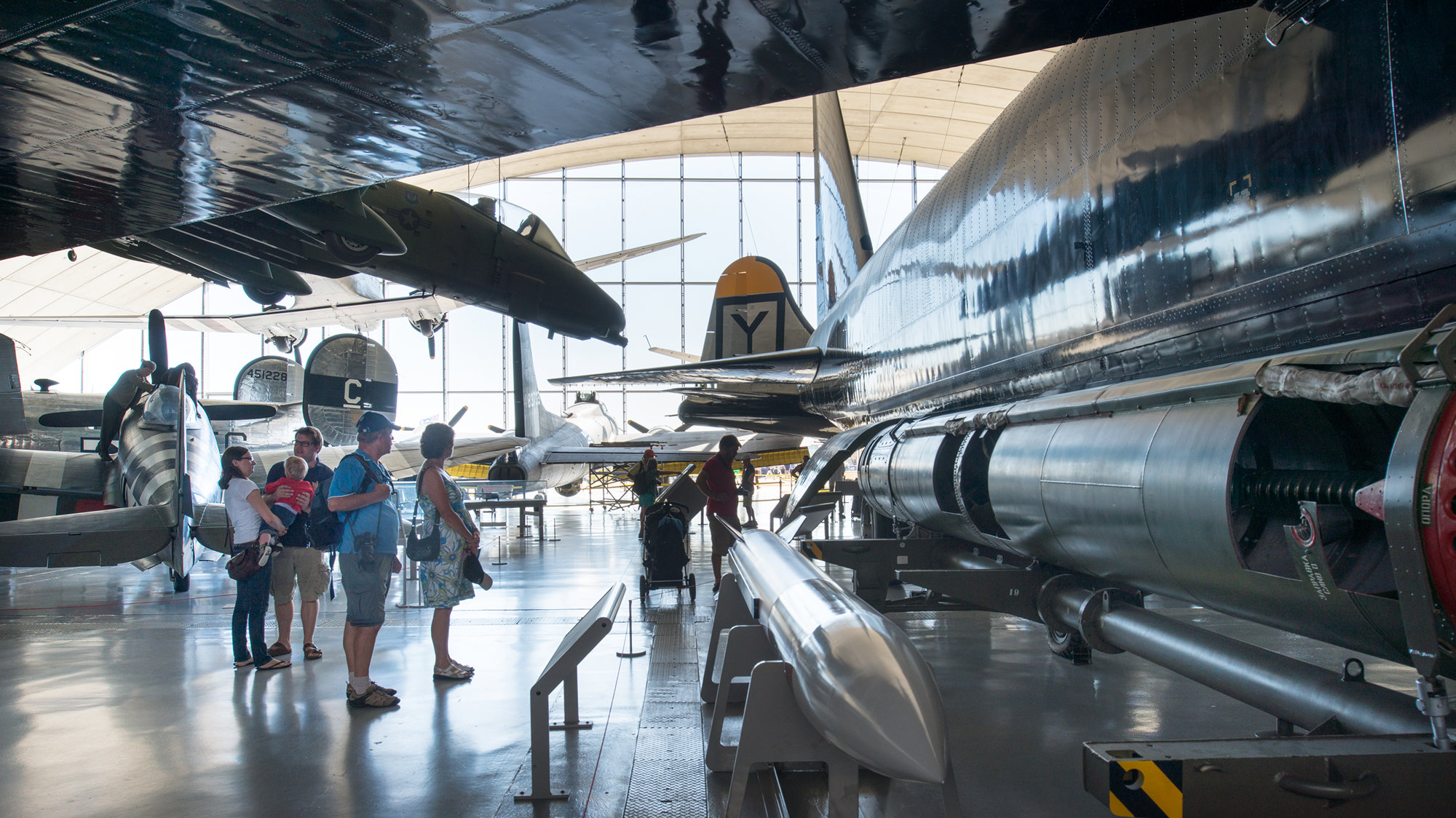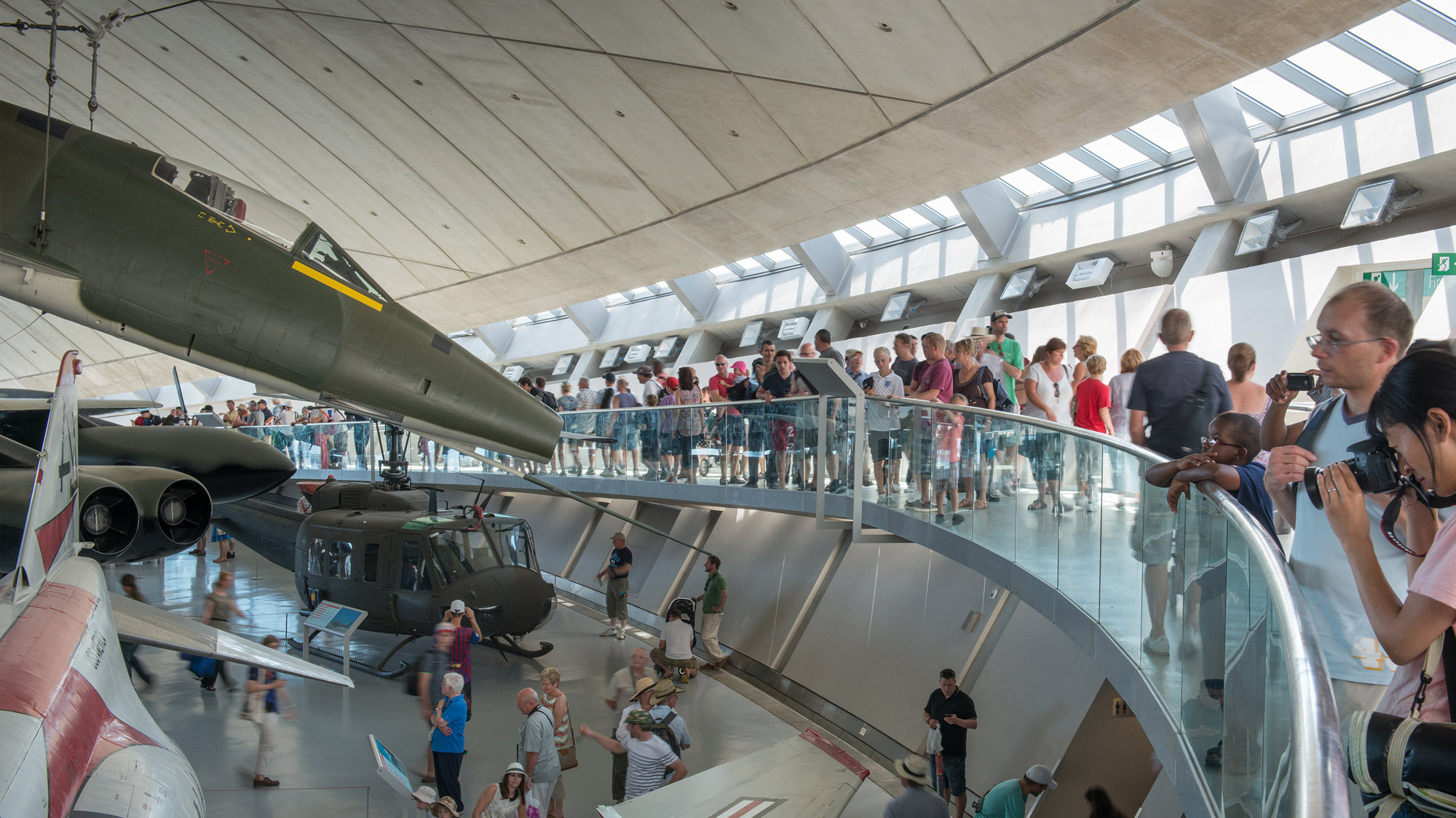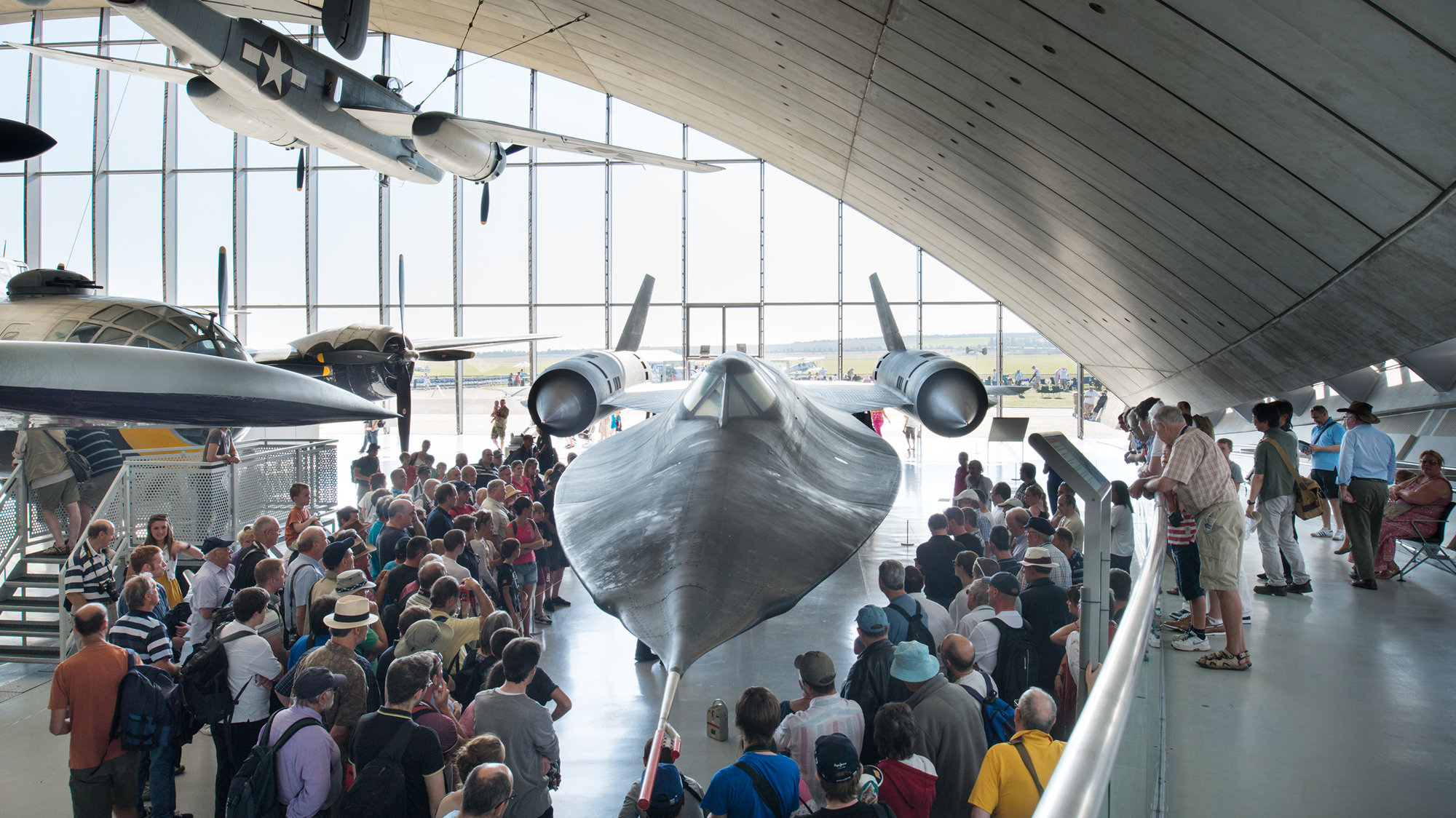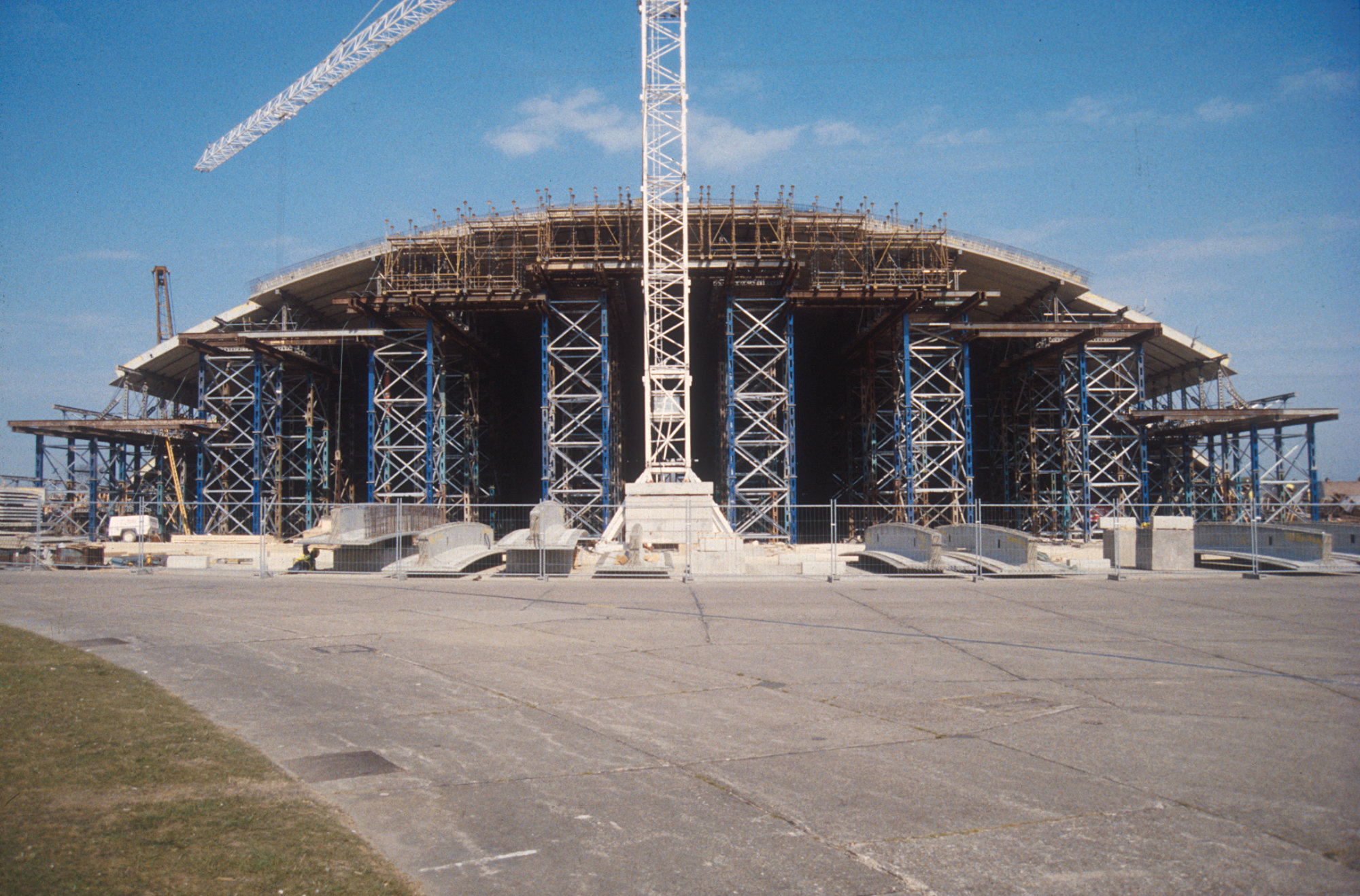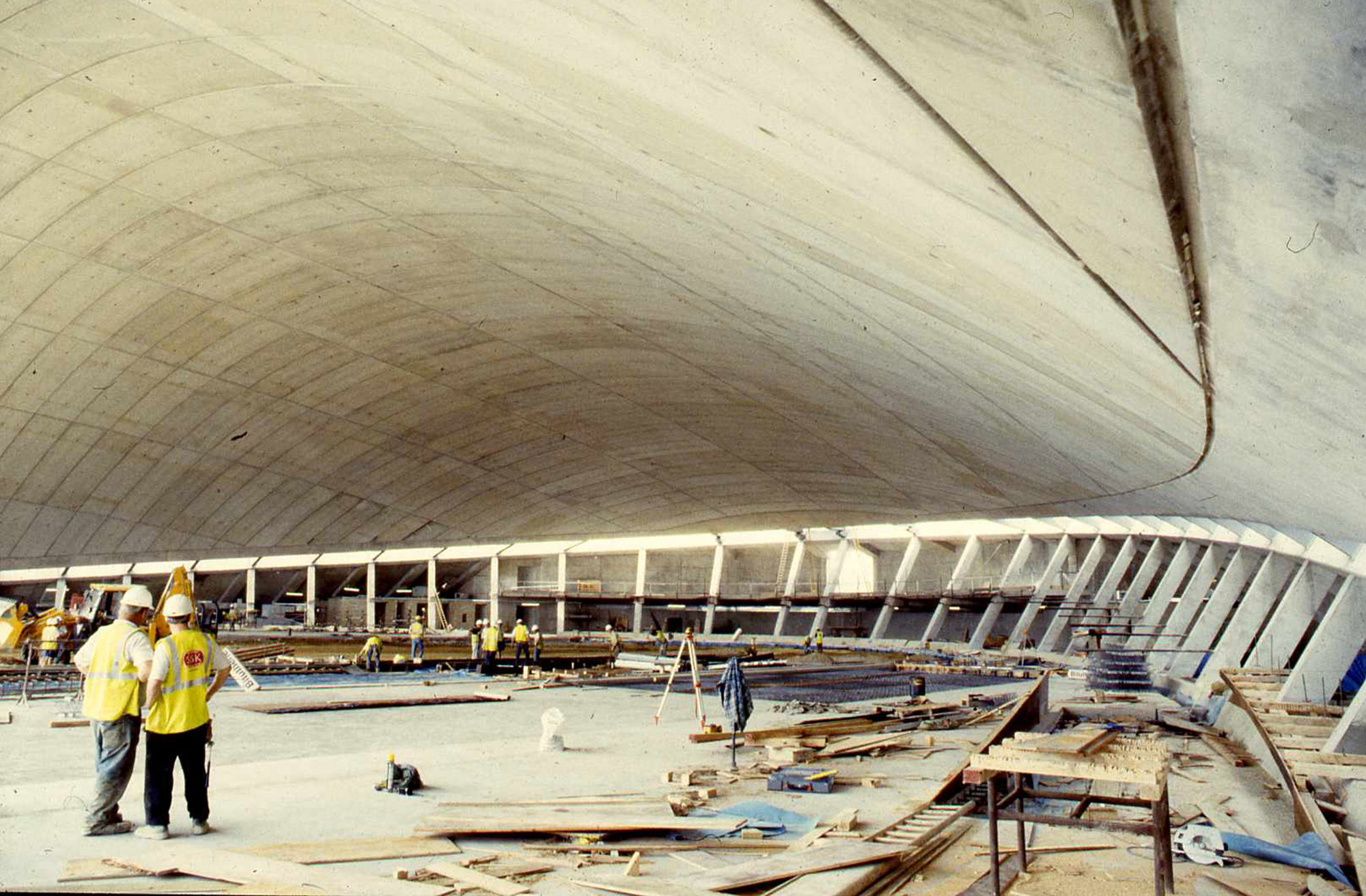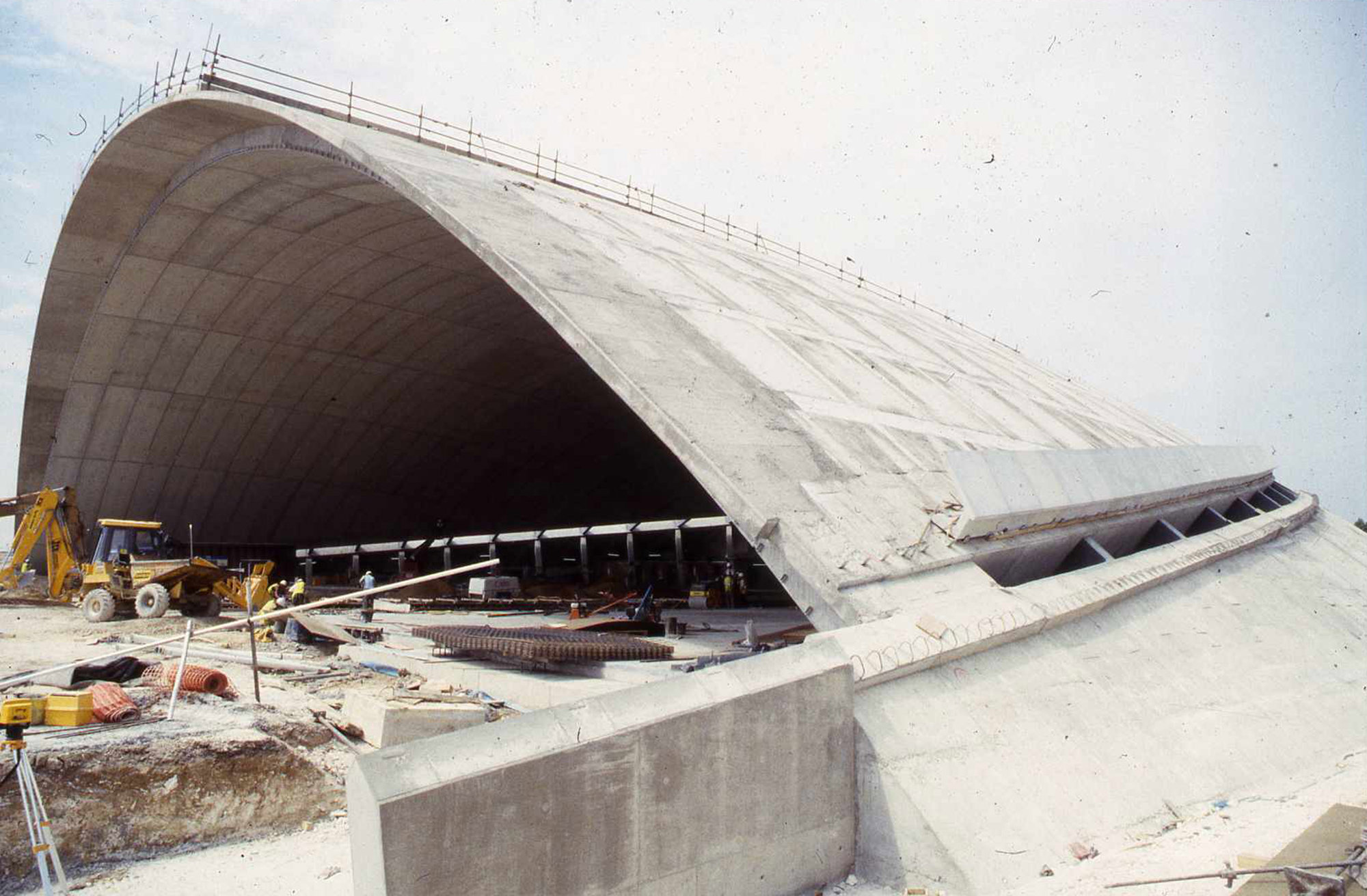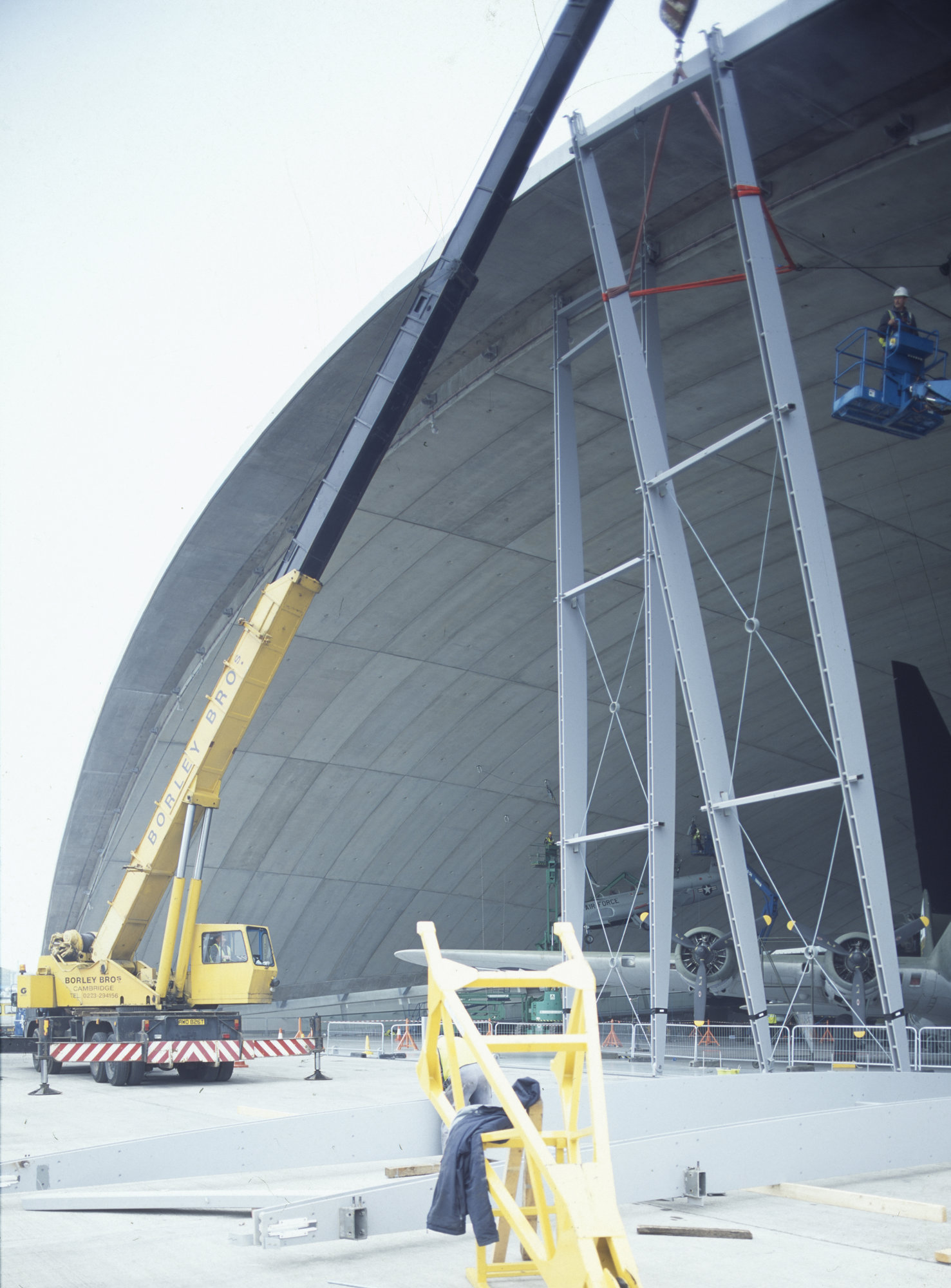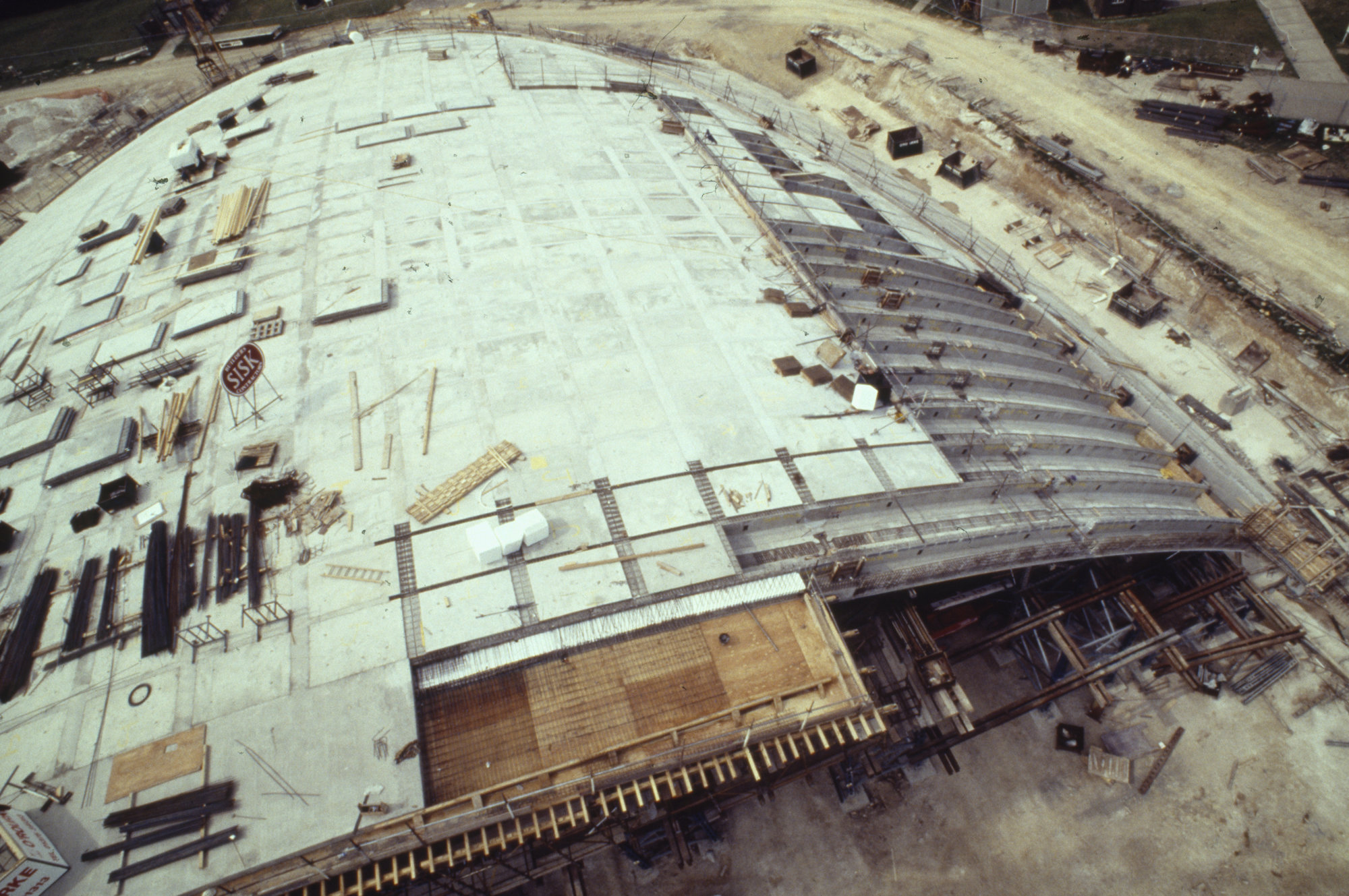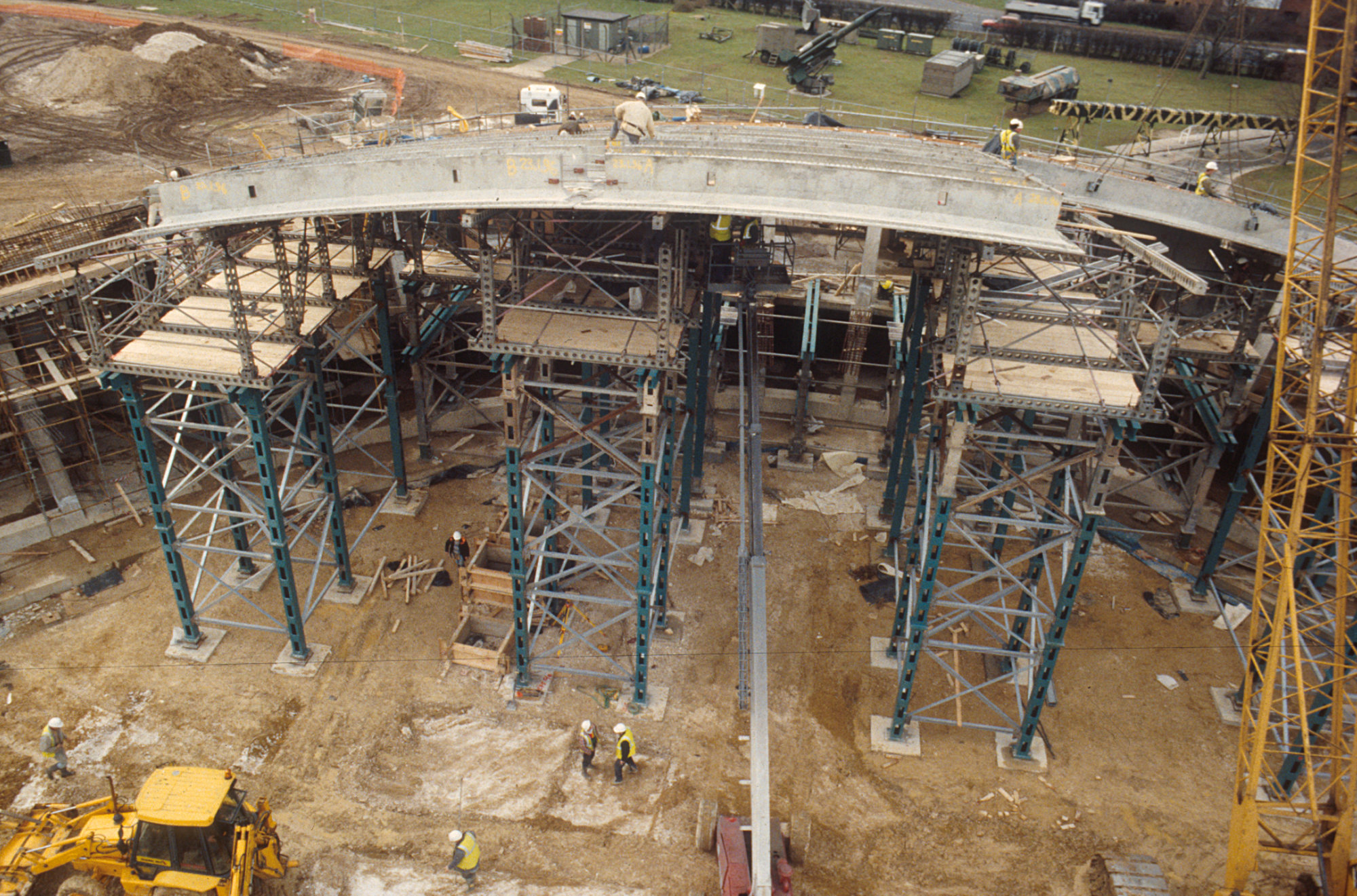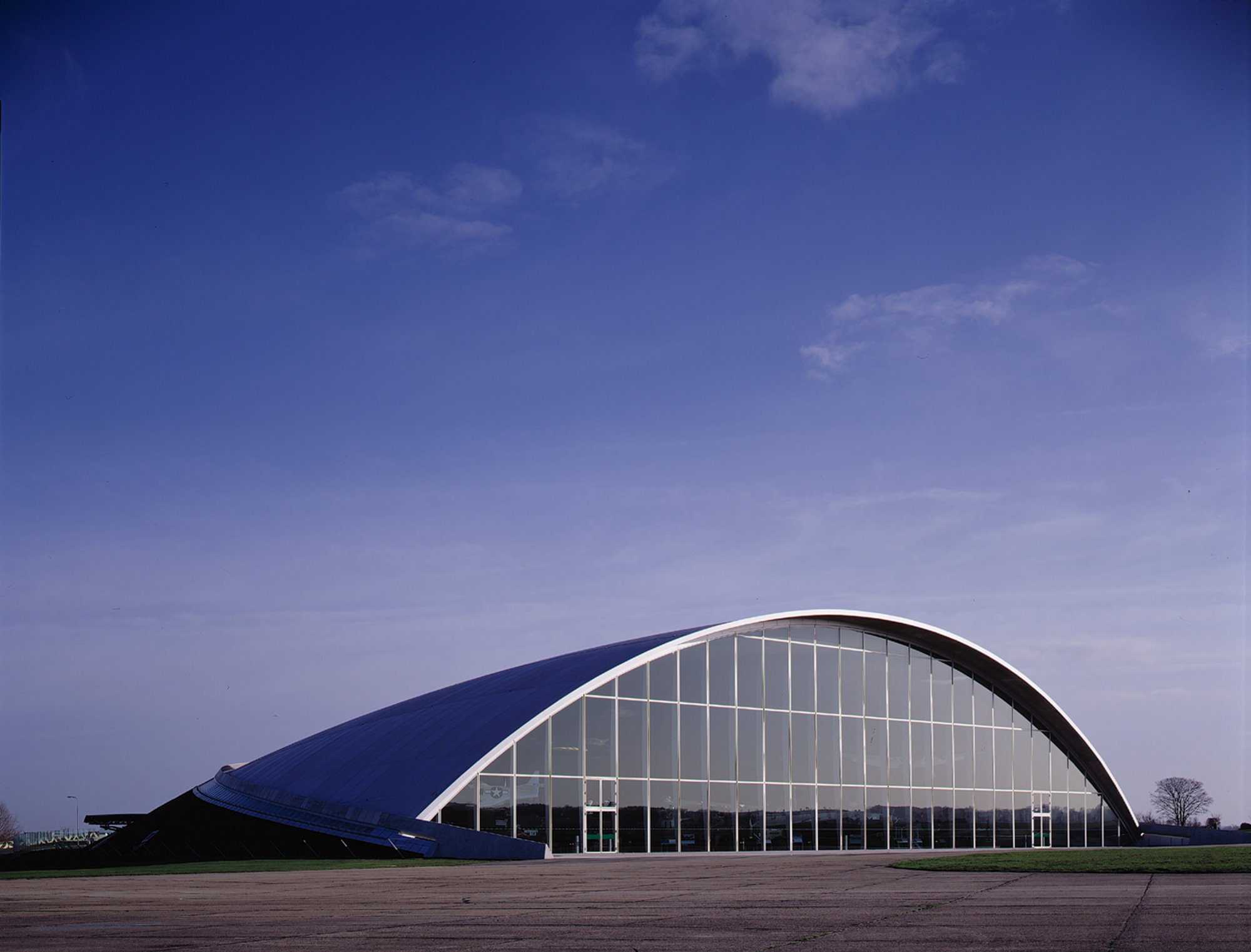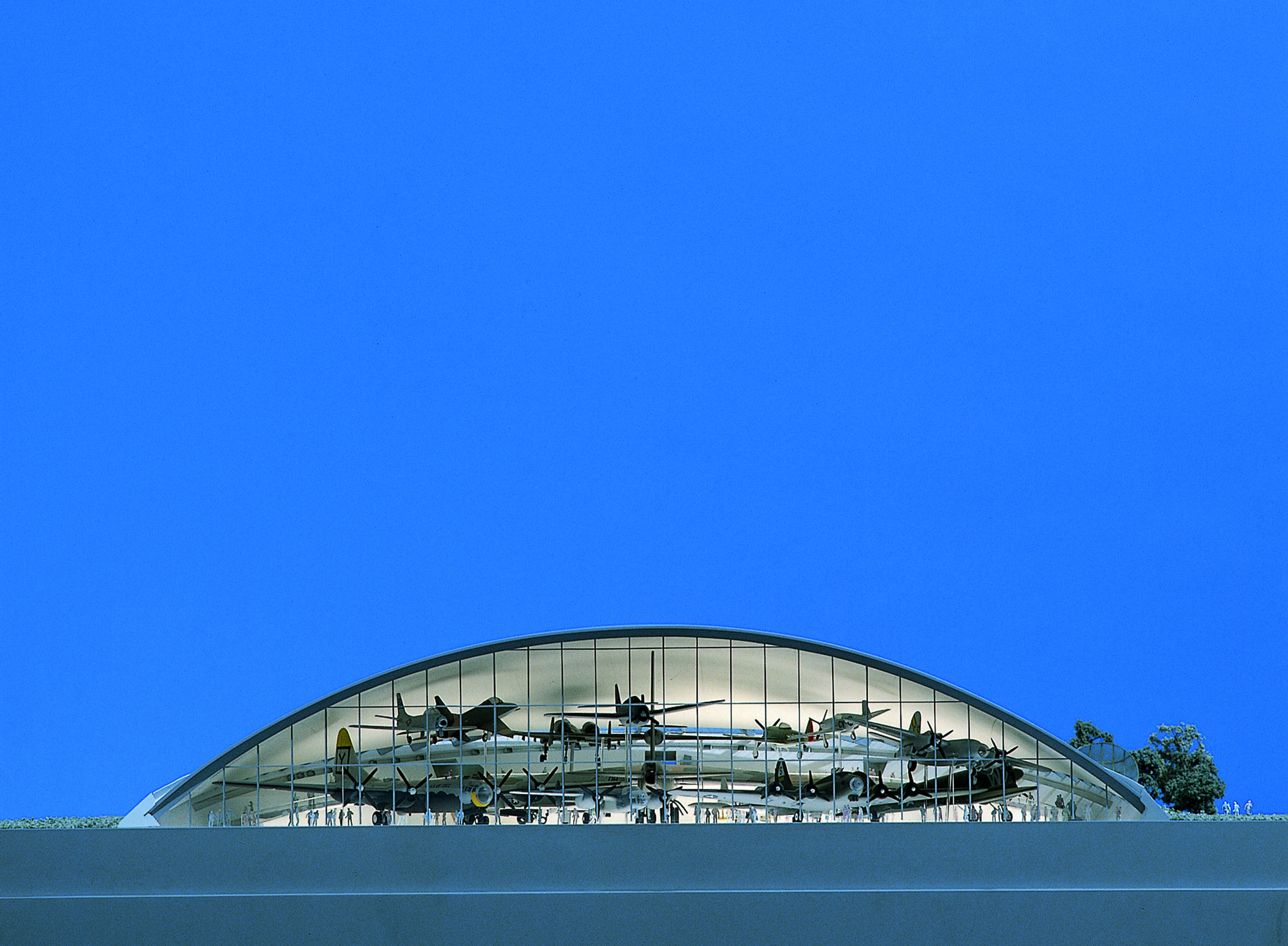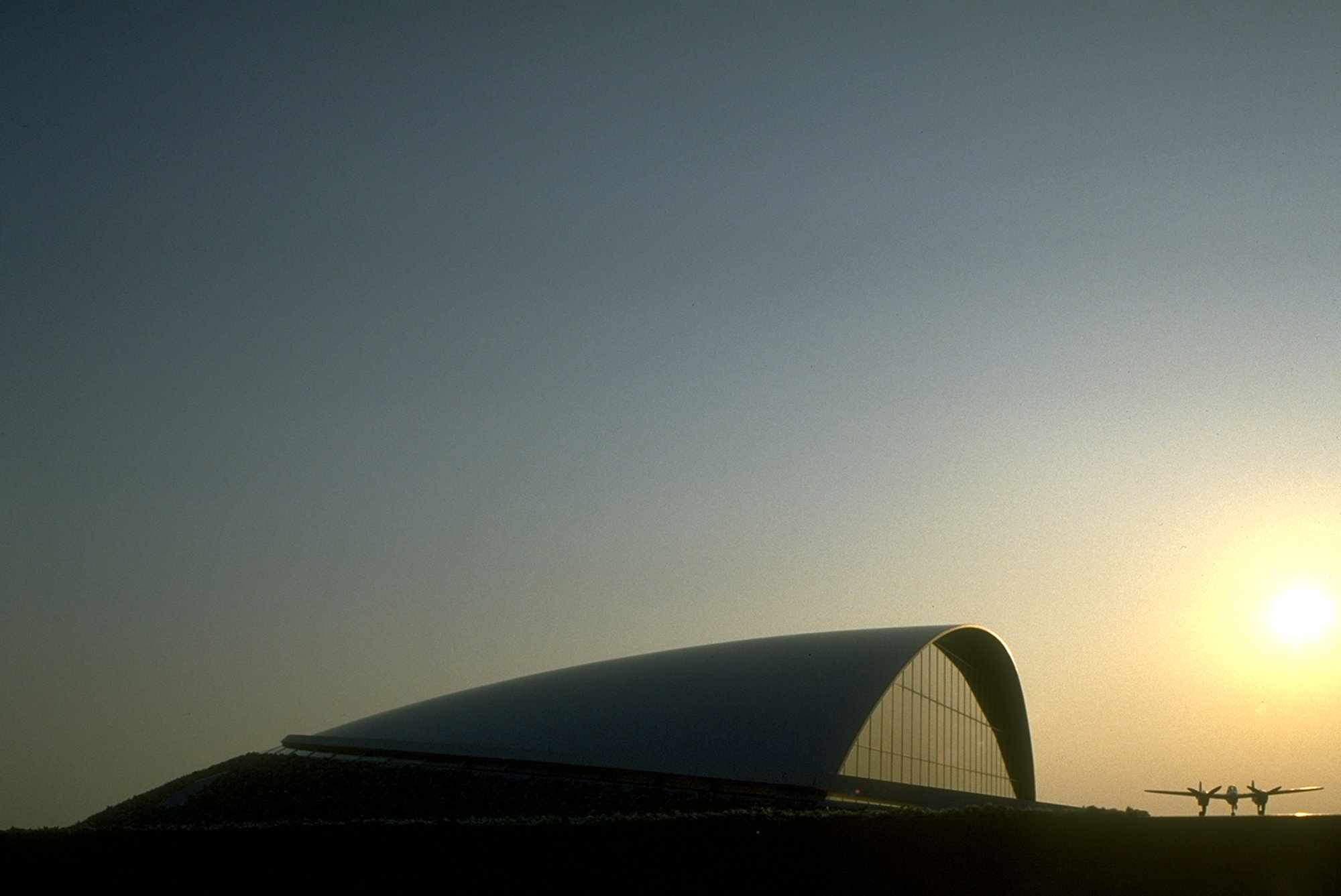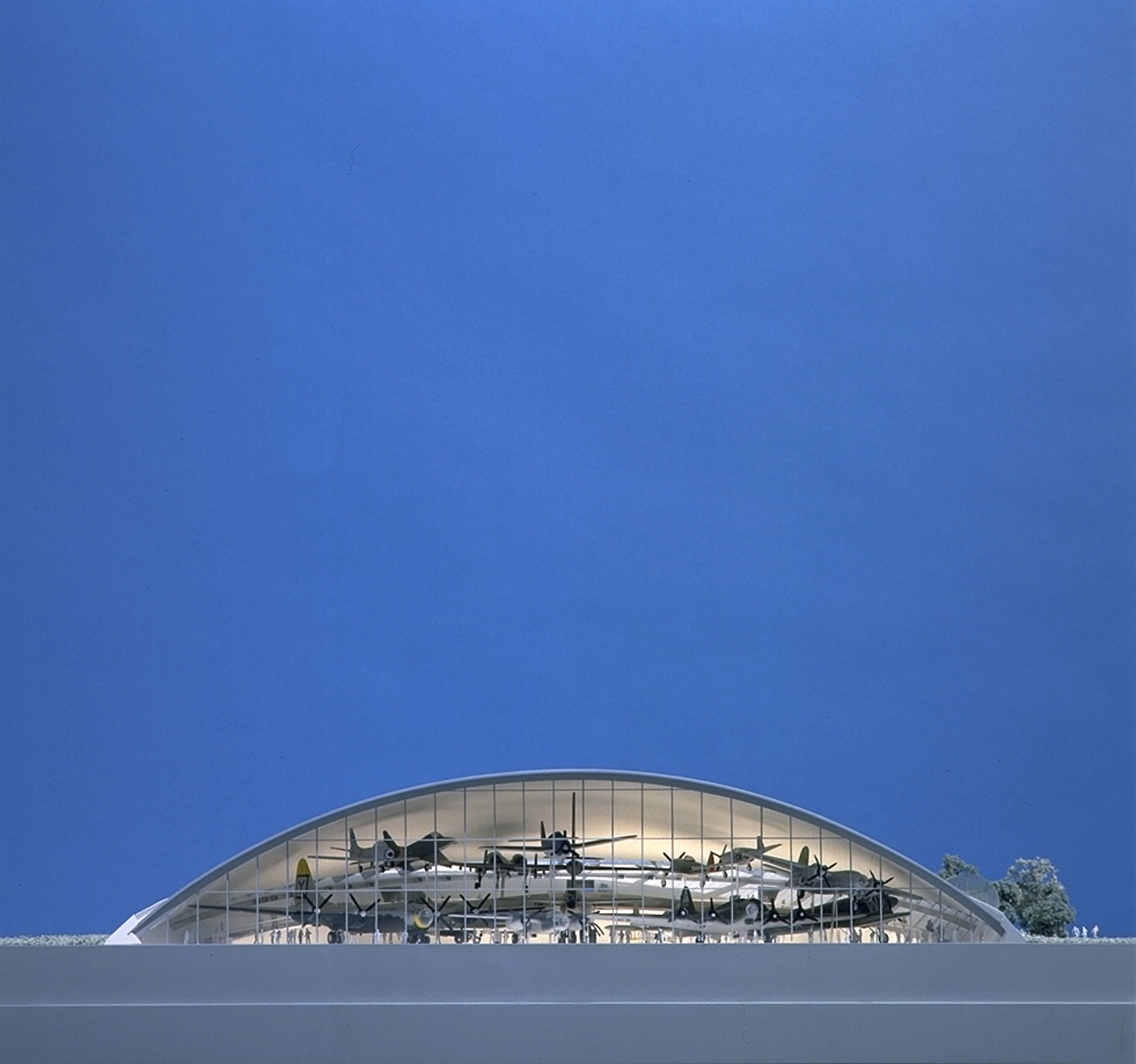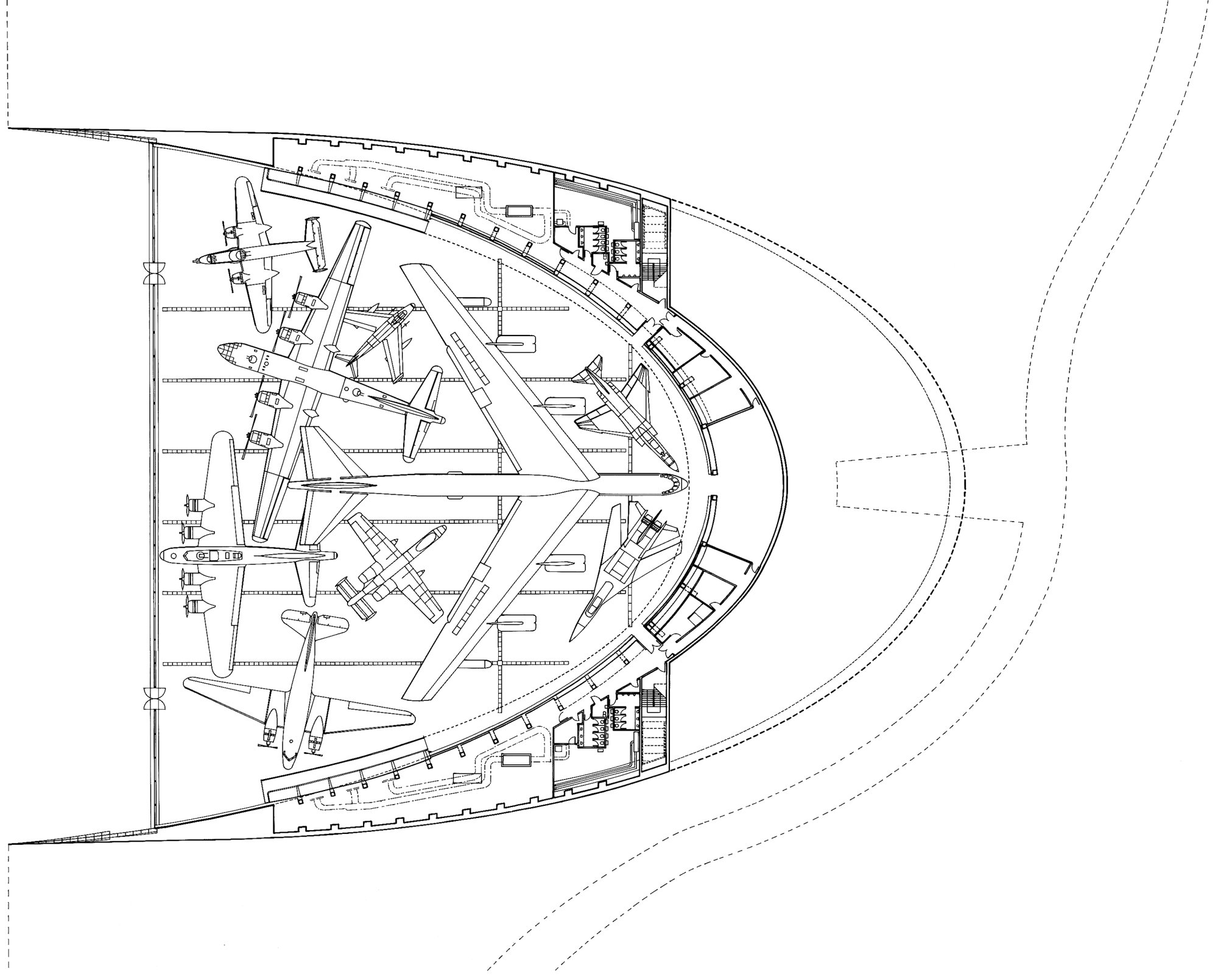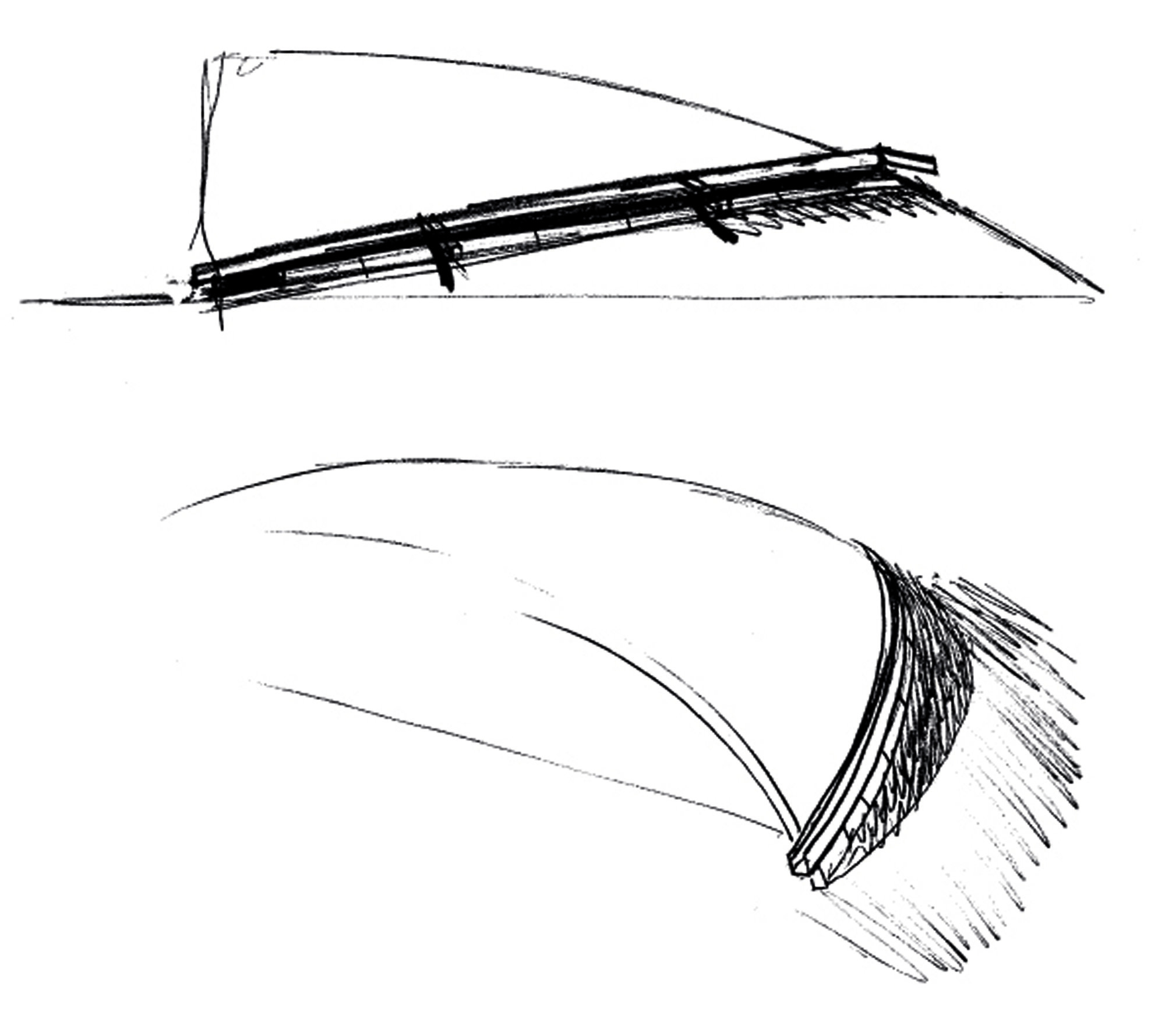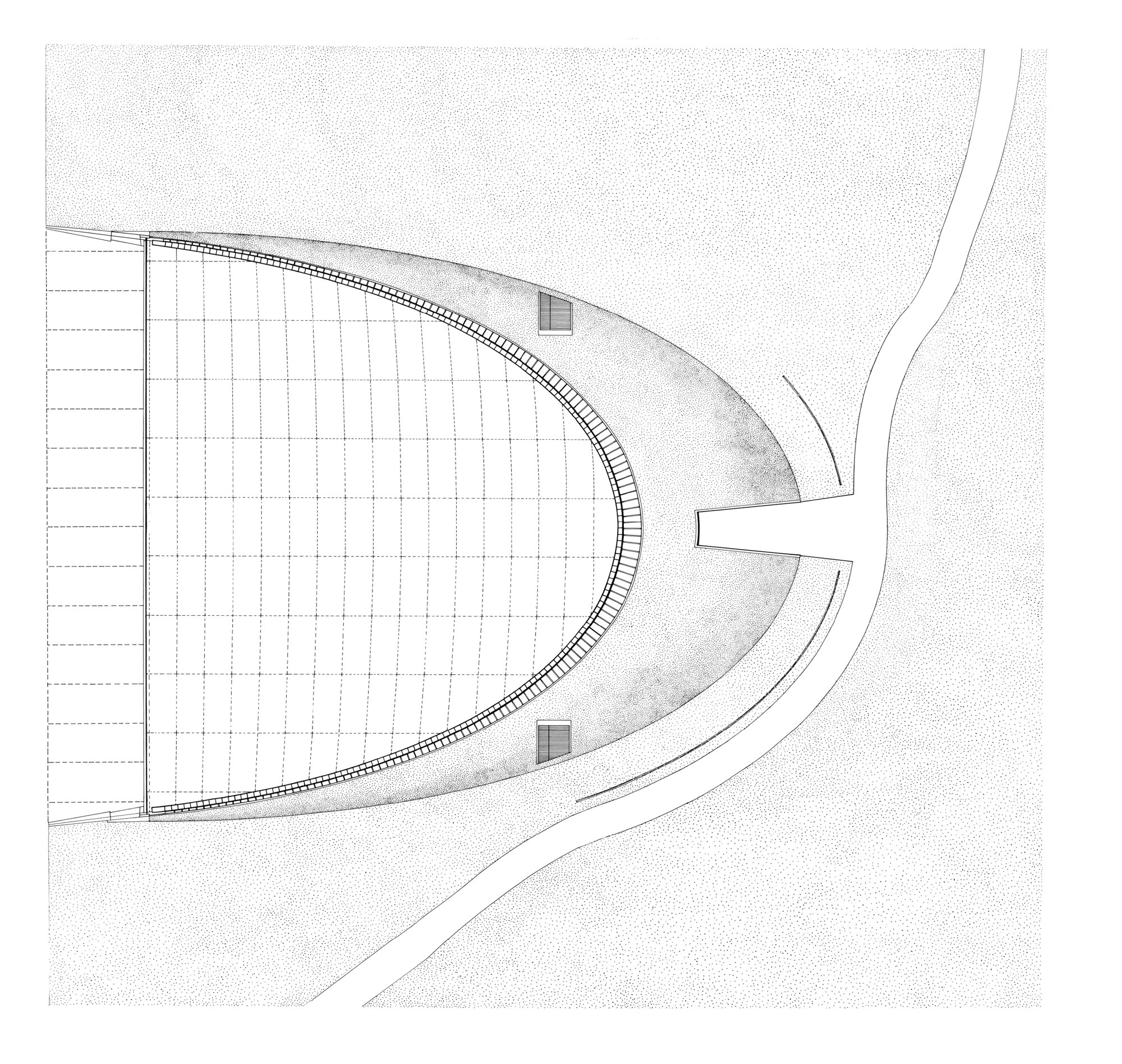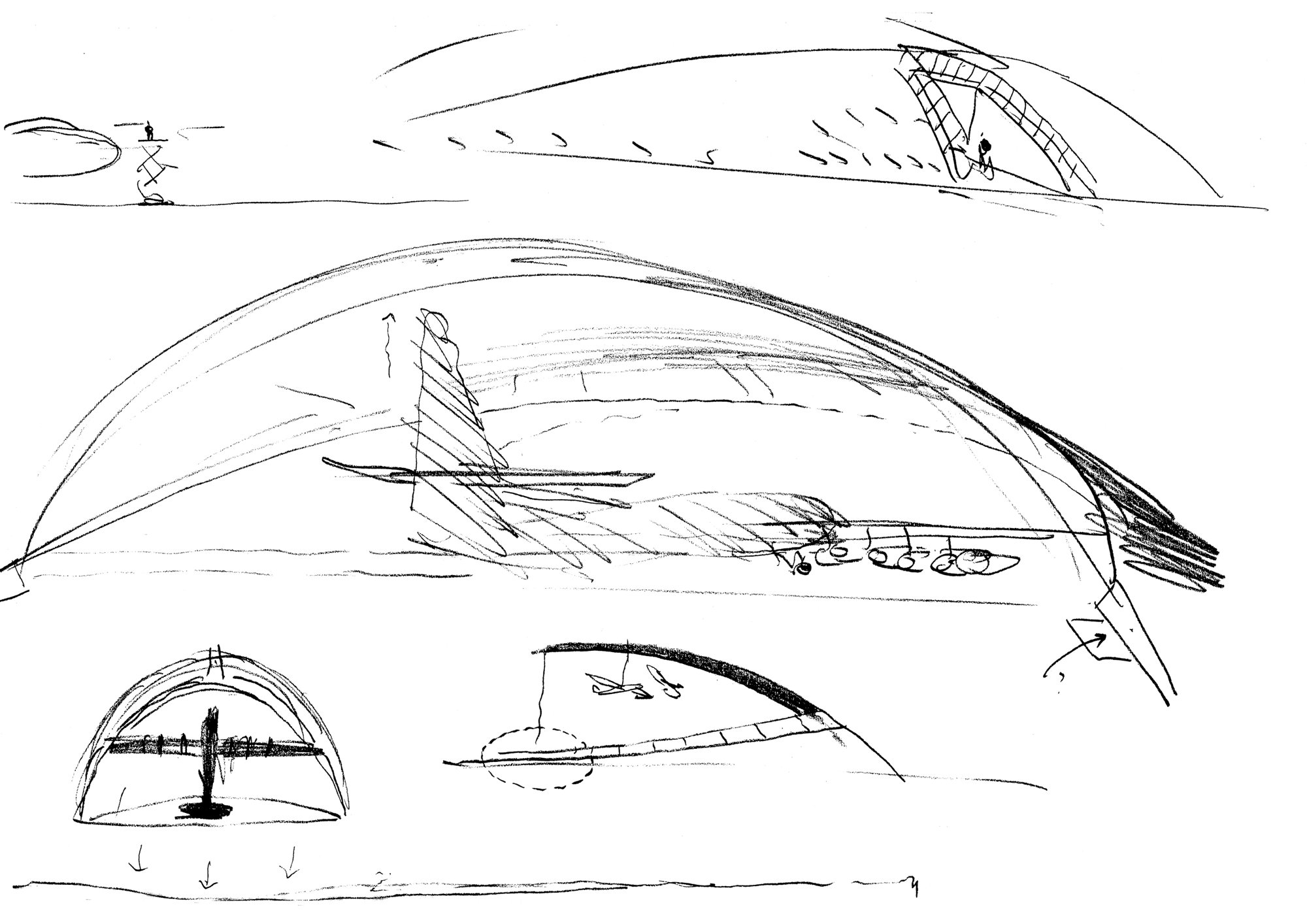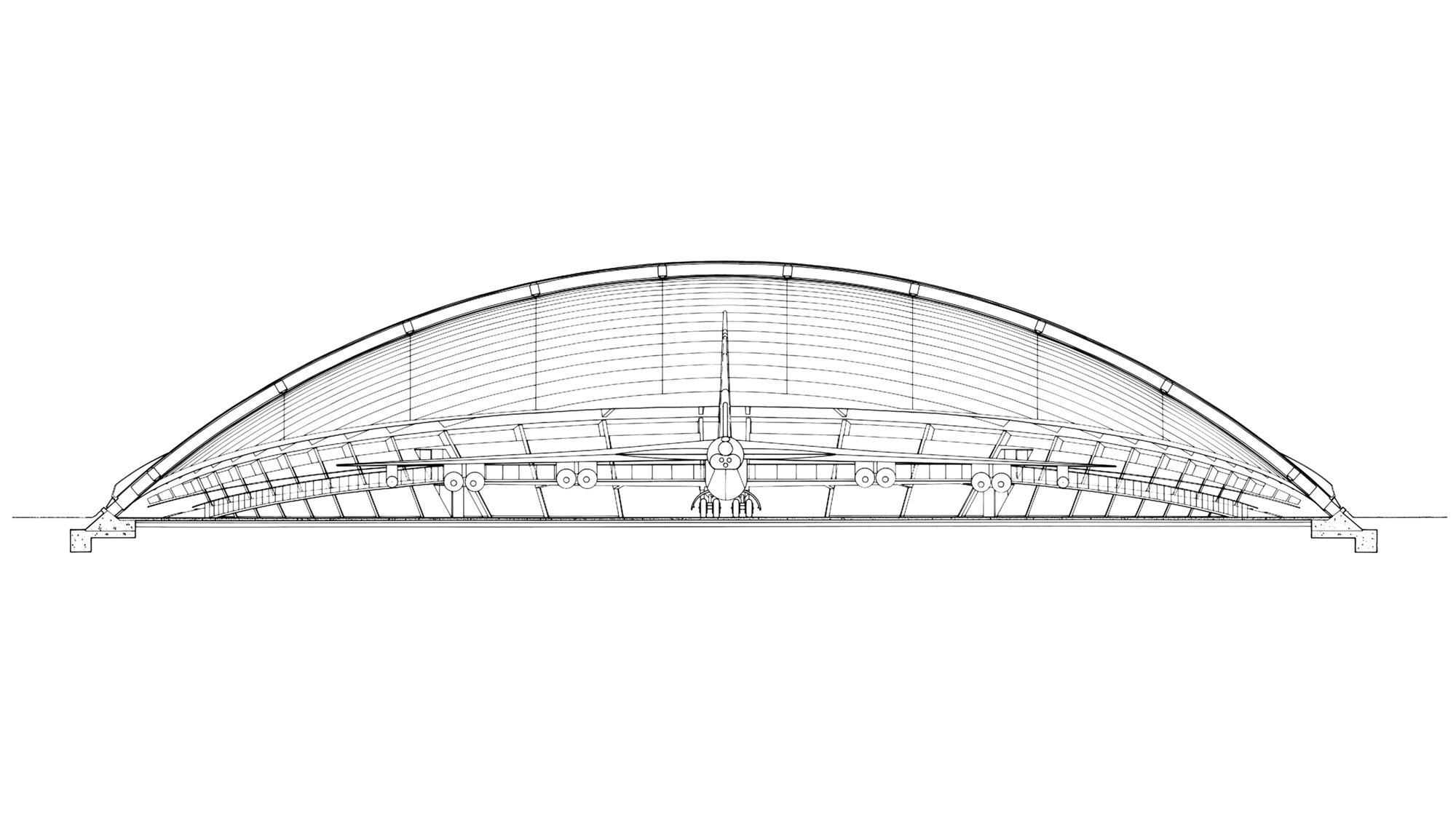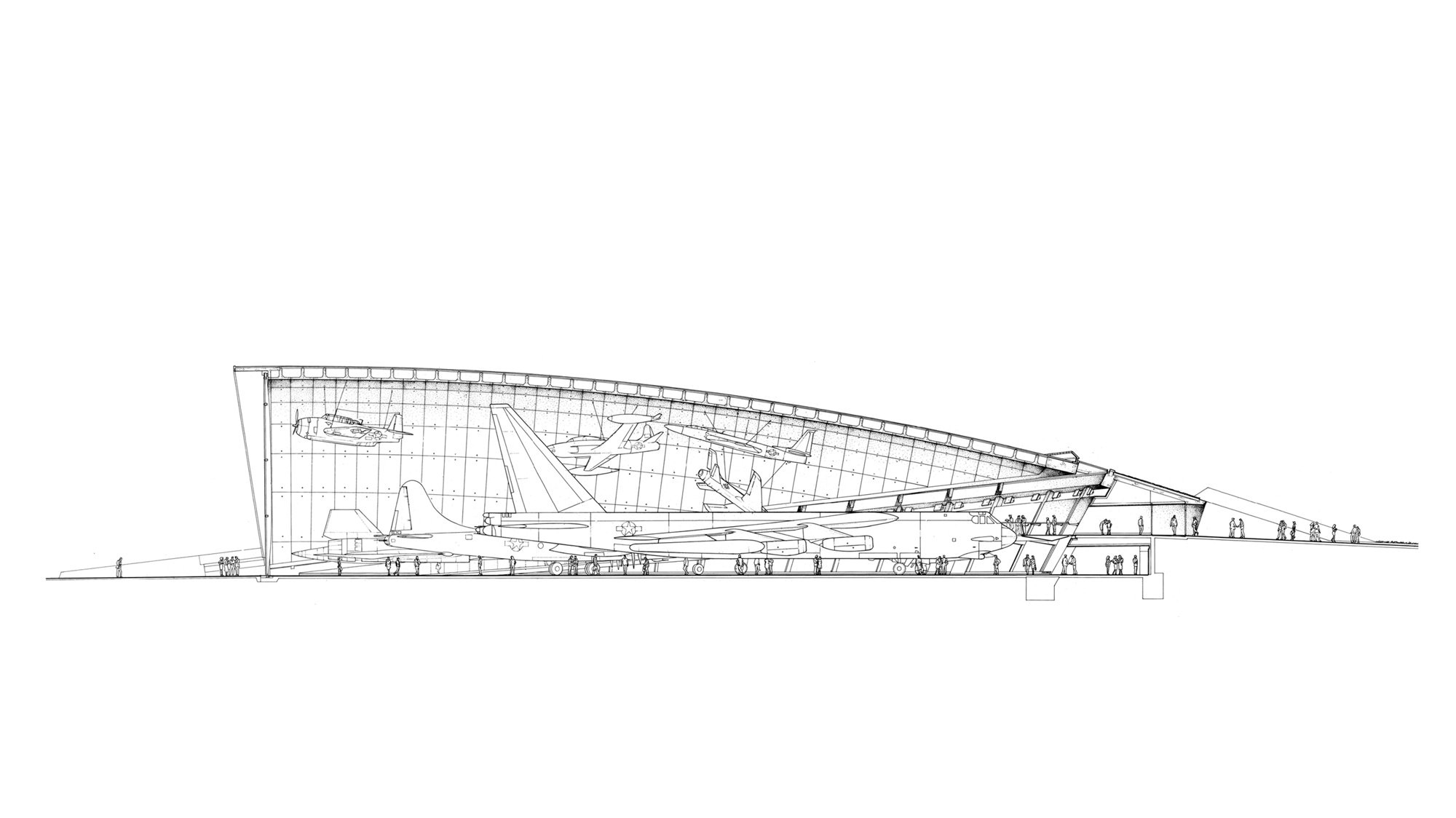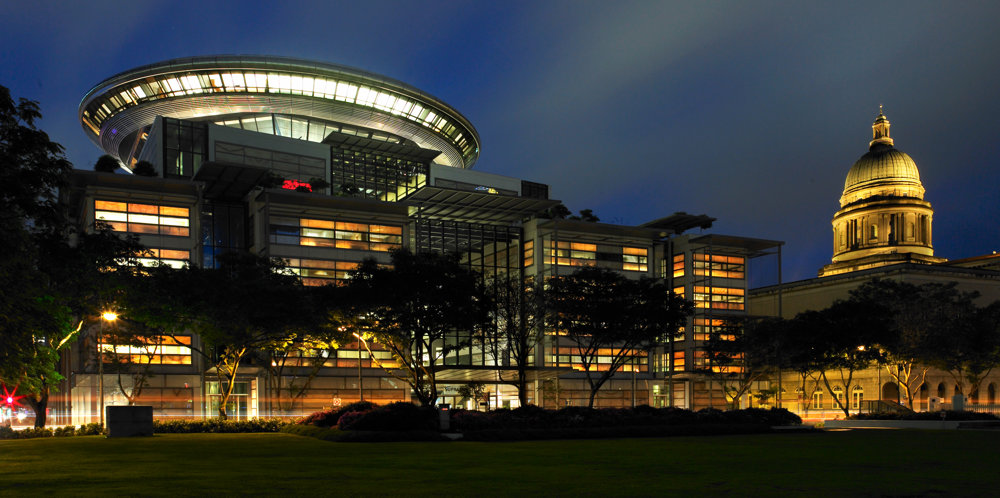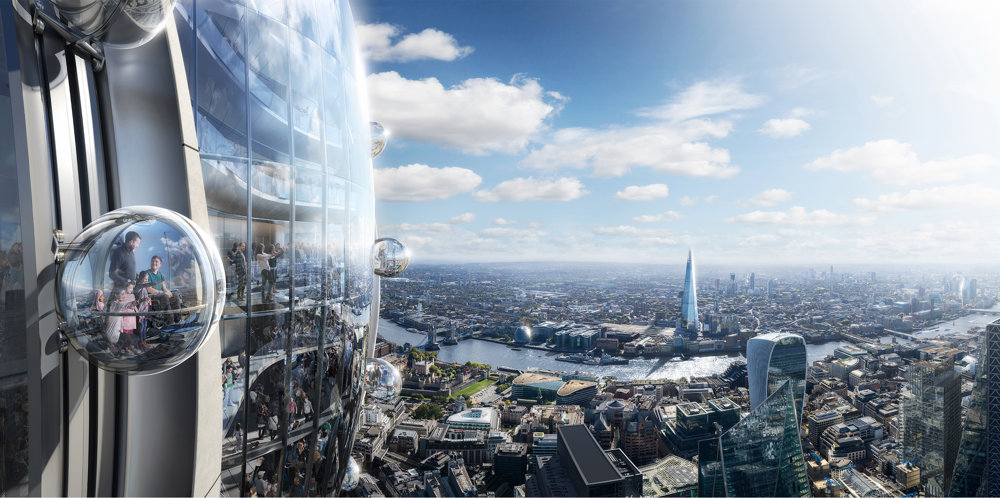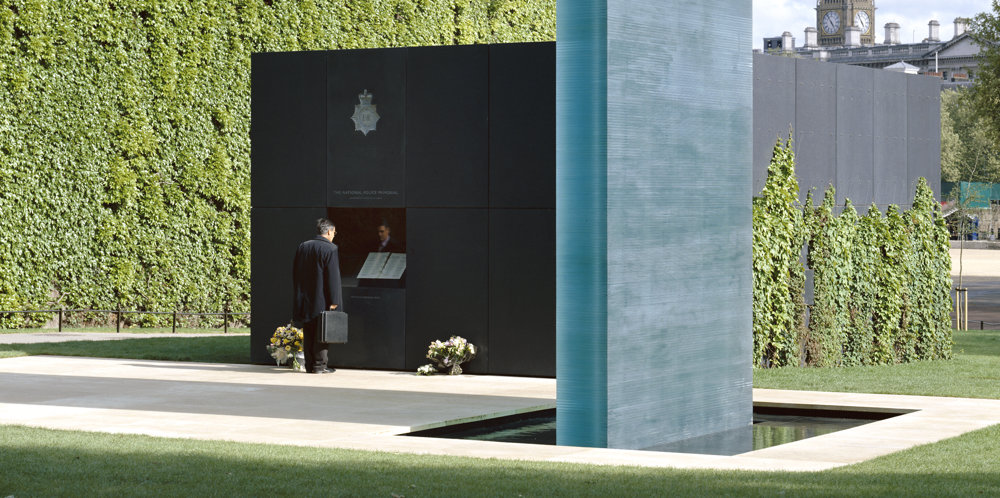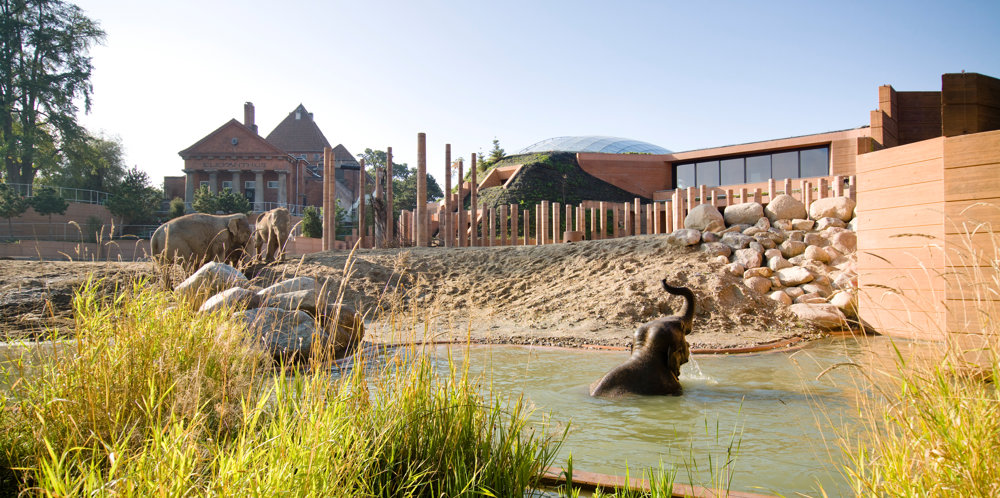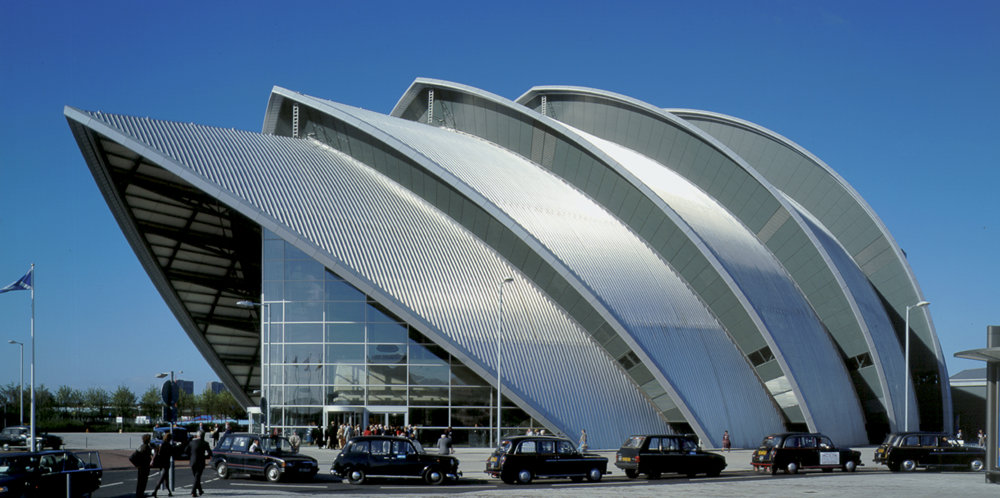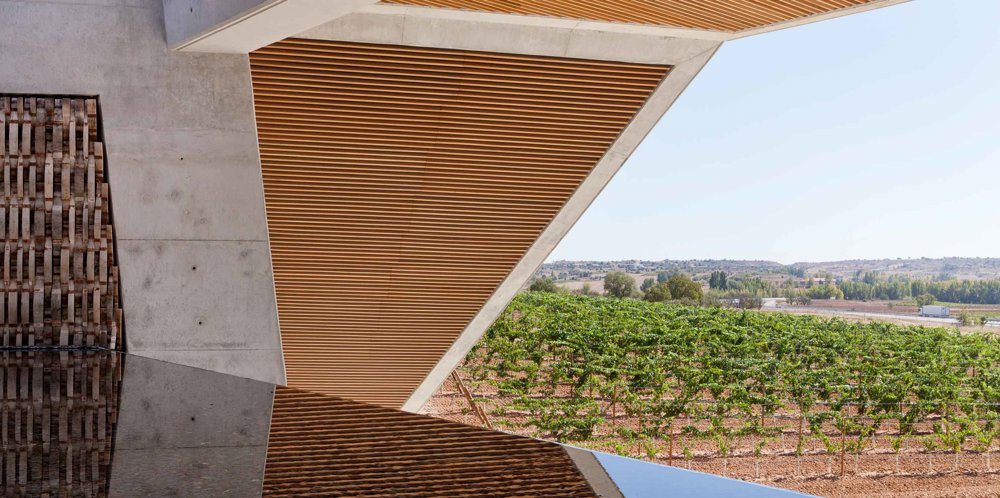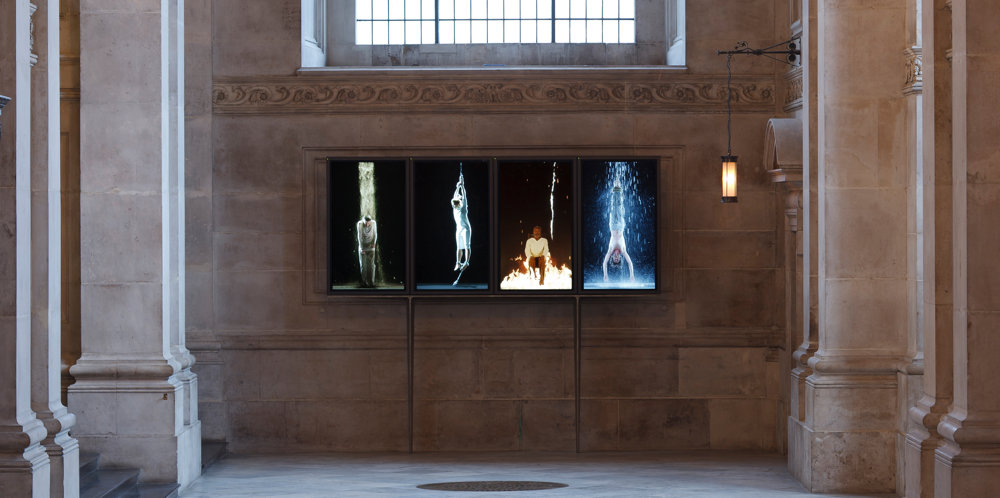View the 360 tour
Duxford airfield in Cambridgeshire was a Battle of Britain fighter station. Later, as one of a hundred US Airforce bases in Britain, it was the headquarters of the 78th Fighter Group. Now maintained by the Imperial War Museum, it has the finest collection of American aircraft outside the United States. Nineteen of its thirty-eight aircraft are airworthy and it attracts over 350,000 visitors each year to its summer air displays. The centrepiece of the collection is also the largest − a B-52 bomber.
The brief for the Air Museum was to provide a permanent home for the B-52 and twenty other aircraft dating from the First World War to the Gulf War and to commemorate the role of the US Air Force in the Second World War and the thousands of airmen who lost their lives. There was also a desire for the Museum to highlight the take-offs and landings during air shows and create a window on to the runway. The dimensions of the B-52 (a 61-metre wingspan and 16-metre-high tail fin) established the building's height and width, and provided the principle axis through which the Museum is entered.
The building's drama comes from the powerful arc of the roof − engineered to support suspended aircraft − and the sweep of the glazed wall overlooking the runway. A continuous strip of glazing around the base of the vault washes the interior in daylight. The result is a light and open space, despite the fact that the structure is partly dug into the ground, a formal device that has been compared to the Royal Air Force's 'blister hangars', which were designed to be invisible from the air. In 1998 the Museum won the RIBA Stirling Prize. The jury wrote: 'The success of this project lies in the resonance between the elegant engineered form of the building and the technically driven shapes of the aeroplanes. The building itself sustains the fascination of these objects.'









